Introduction: Welcome to the Intelligence Economy
We’ve entered a new economic era—one where data and intelligence, not raw labor or traditional assets, define success. This era, often called the Intelligence Economy, thrives on AI-powered insights, hyper-personalized experiences, and real-time decision-making.
At the heart of this shift lies business communication—not just messages between people but the entire ecosystem of collaboration, customer interaction, and automated workflows. Whether it’s AI-driven chatbots handling support, voice assistants running internal meetings, or predictive systems tailoring marketing campaigns, communication is being rewritten by AI.
The question isn’t if this will impact your business—it’s how fast you adapt.
What Is the Intelligence Economy?
The Intelligence Economy is an ecosystem where AI, data analytics, and automation fuel productivity, decision-making, and value creation. Unlike the Information Age, which focused on collecting and storing data, the Intelligence Economy emphasizes using AI to interpret, predict, and act on data instantly.
Why this matters for communication:
-
Businesses must move from static messaging to adaptive dialogue.
-
Customers expect real-time, context-aware interactions.
-
Teams require AI-driven collaboration tools to stay competitive.
The AI Impact on Business Communications
1. Predictive Conversations
Imagine an email platform that drafts responses before you even open a message, based on context, tone, and prior interactions. Predictive analytics makes this a reality.
Related Reading: 5 Ways AI Predictive Analytics Can Skyrocket Your SaaS Business.
2. Voice-First Workplace
Meetings without keyboards. Voice AI assistants manage agendas, transcribe notes, and even suggest next steps based on real-time analysis.
Want to optimize for this trend? See our blog: Optimizing Voice-Activated SaaS Tools for the Smart Speaker Generation.
3. Hyper-Personalized Customer Interaction
AI-driven tools allow brands to adapt tone, content, and channel to each customer—automatically. Every support ticket, email, or chatbot message feels tailor-made.
4. Automated Workflows in Communication
AI doesn’t just send messages; it triggers actions—from updating CRMs after a call to scheduling meetings based on conversational cues. Learn more in Top AI-Powered Workflow Automations Every SaaS Needs.
From Data to Dialogue: How AI Powers Intelligent Communications
Natural Language Processing (NLP) for Context
AI now understands nuances in human language—tone, emotion, intent—enabling chatbots and virtual assistants to communicate more like humans.
Sentiment Analysis for Real-Time Adaptation
Brands can adjust their response strategy mid-interaction. For instance, if a customer expresses frustration in an email, the system prioritizes escalation.
Conversational AI in Collaboration
Internal communication tools like Slack or Teams now integrate AI that suggests answers, drafts project updates, or summarizes threads in seconds.
Why Businesses Can’t Ignore AI in Communication
-
Faster Decision-Making: Automated updates ensure leadership always has real-time visibility.
-
Better Customer Retention: Hyper-personalized conversations improve loyalty.
-
Cost Savings: AI-driven self-service reduces dependency on large support teams.
-
Scalable Collaboration: Global teams work smarter through AI-enabled meeting tools and predictive scheduling.
Industries Leading the AI Communication Shift
-
SaaS: Predictive chatbots, personalized onboarding sequences.
-
Healthcare: AI assistants that coordinate care and update patient records.
-
Legal: Virtual legal aides summarize cases, draft responses.
-
FinTech: Conversational banking bots providing real-time financial advice.
-
E-Commerce: AI that answers queries, upsells intelligently, and automates returns.
Challenges & Solutions
-
Over-Automation Risks: Keep a human fallback for complex queries.
-
Data Privacy: Implement GDPR-compliant AI tools and encrypted communication pipelines.
-
Employee Resistance: Pair AI rollouts with training and transparency.
What’s Next: The Future of AI Communication
-
Autonomous Negotiations: AI bots closing vendor deals or service agreements.
-
Emotion-Aware Communication: Virtual assistants that adapt tone to user mood.
-
Voice Biometrics for Authentication: Eliminating passwords for secure access.
Key Takeaways
-
The Intelligence Economy is here—and communication is its core battlefield.
-
AI-driven communication tools increase speed, accuracy, and personalization.
-
Businesses adopting predictive, voice-first, and automated workflows will lead in this new era.
Ready to Future-Proof Your Business Communications?
At NextGenAIWorks, we design AI-powered solutions to automate workflows, personalize engagement, and build communication systems that scale.
👉 Explore Our AI Services
👉 Schedule a Free Consultation
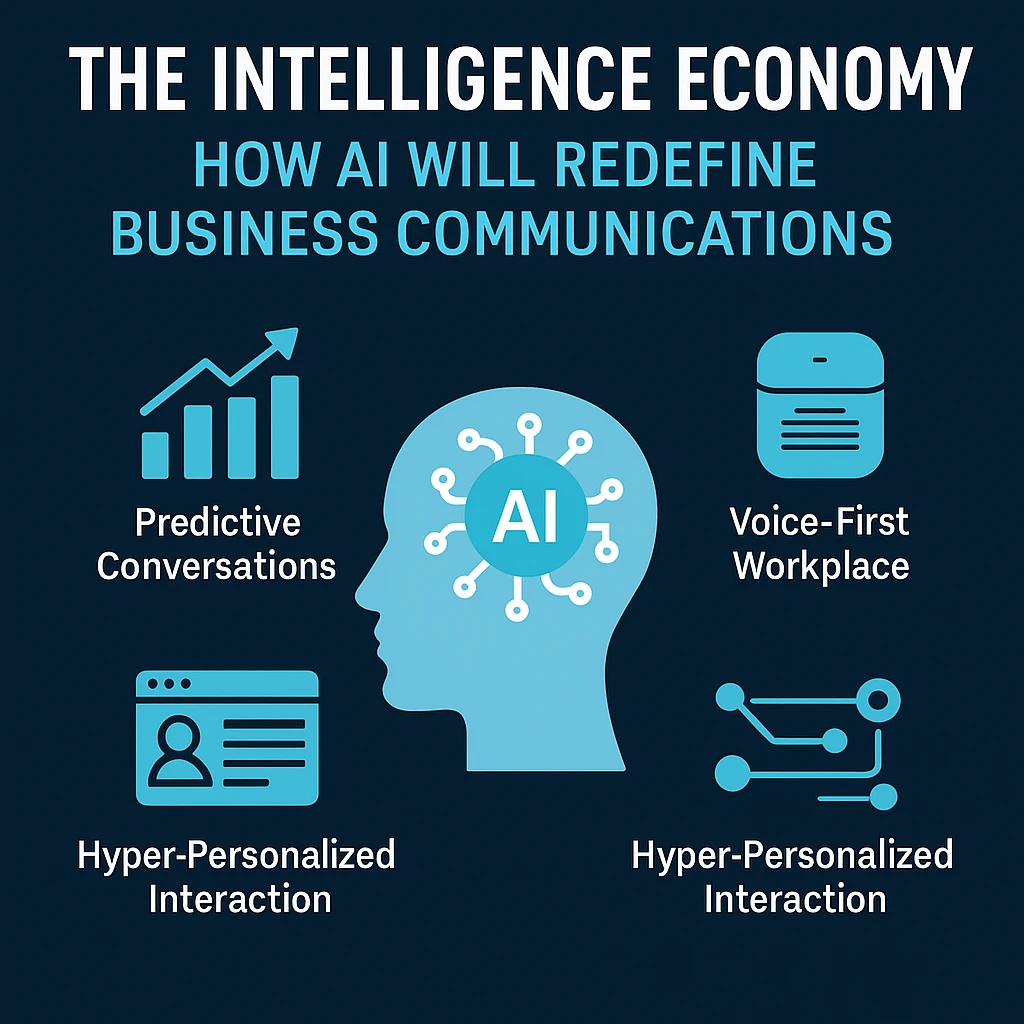
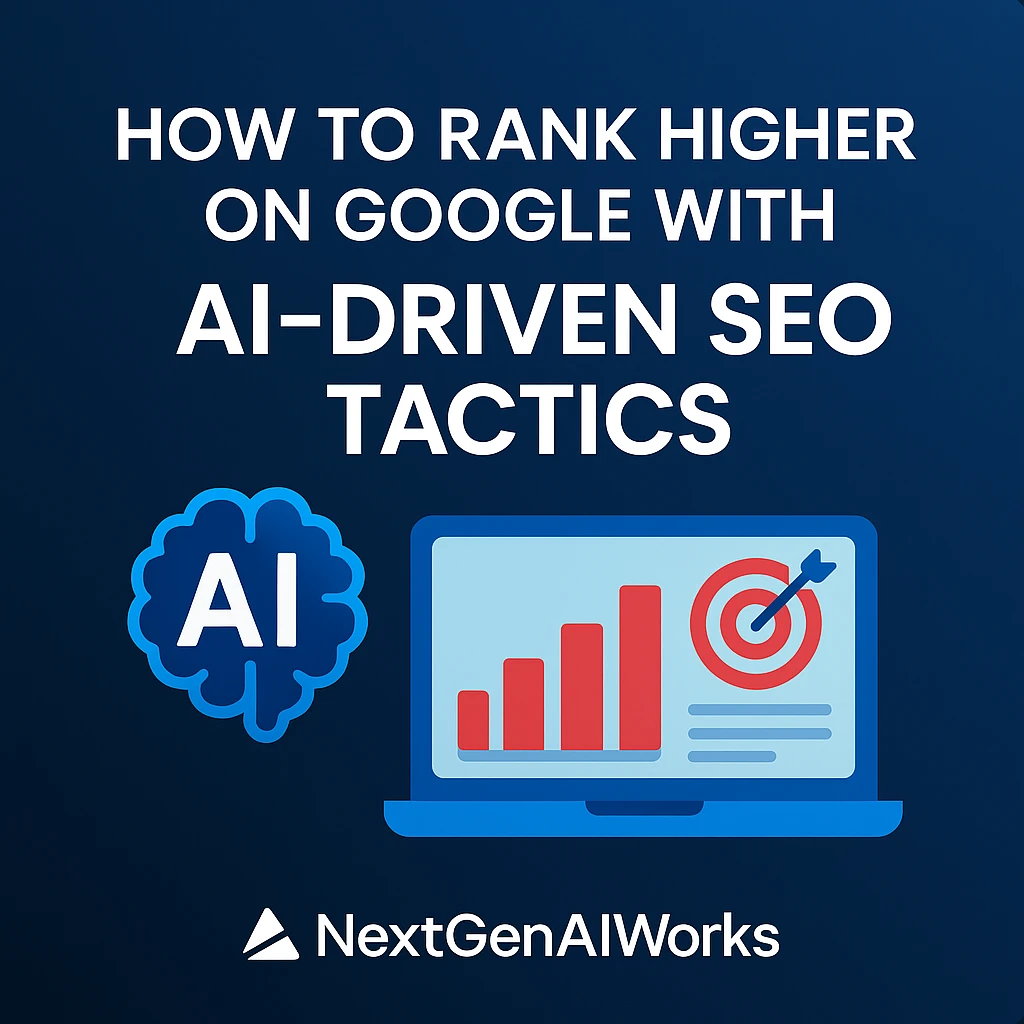
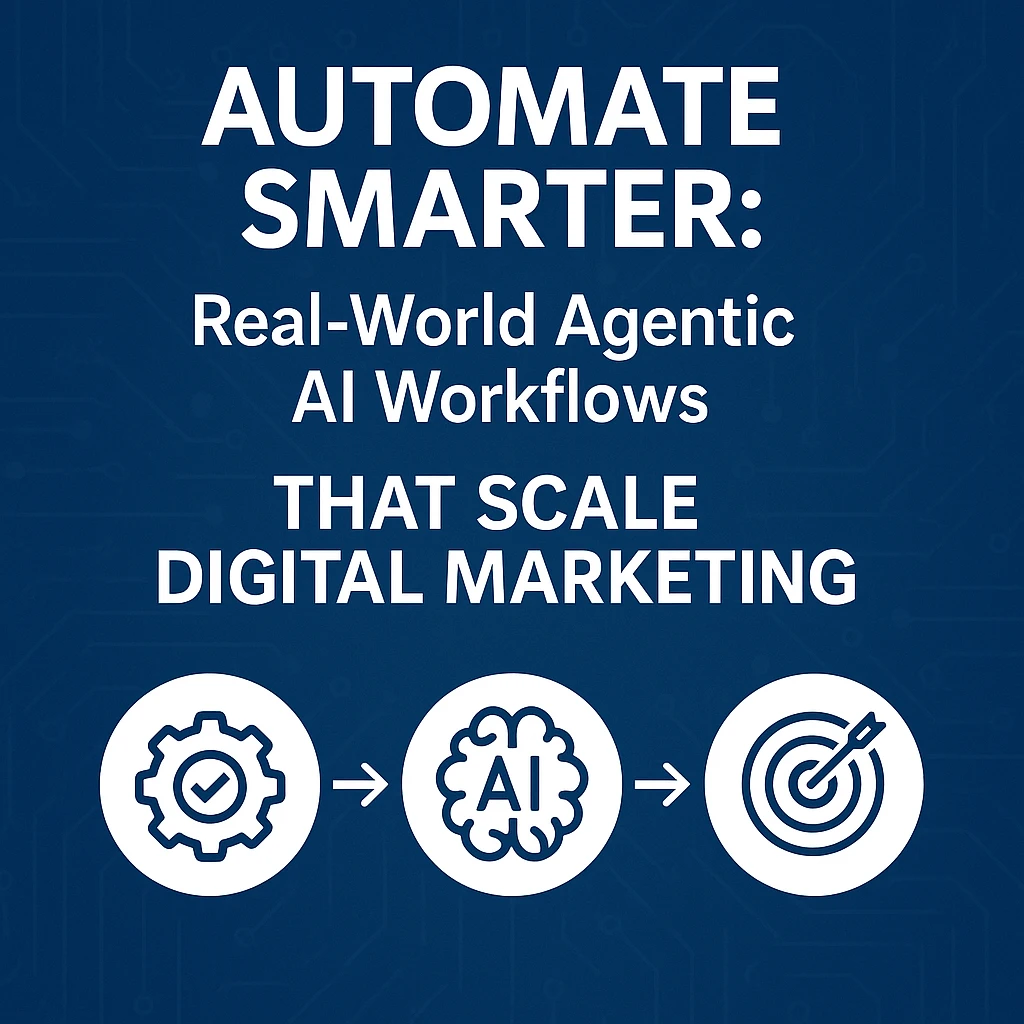
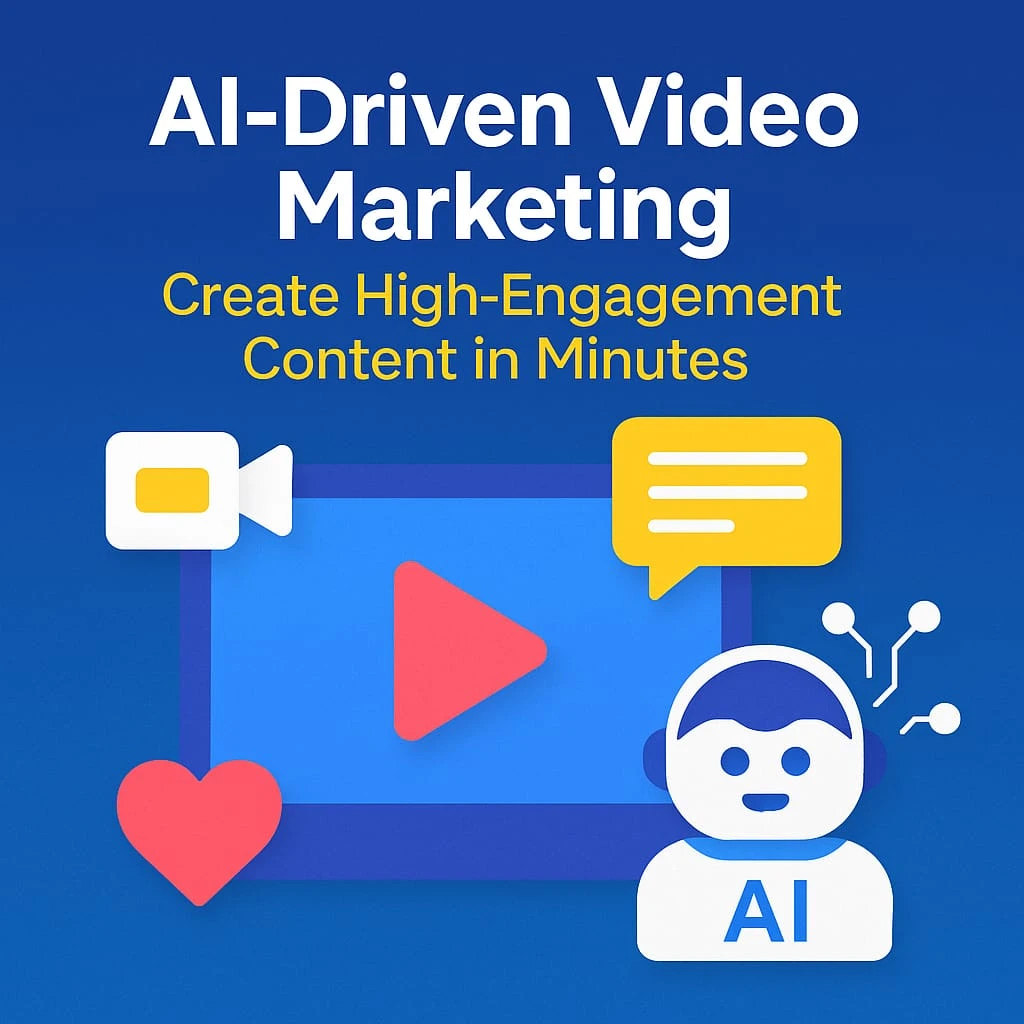
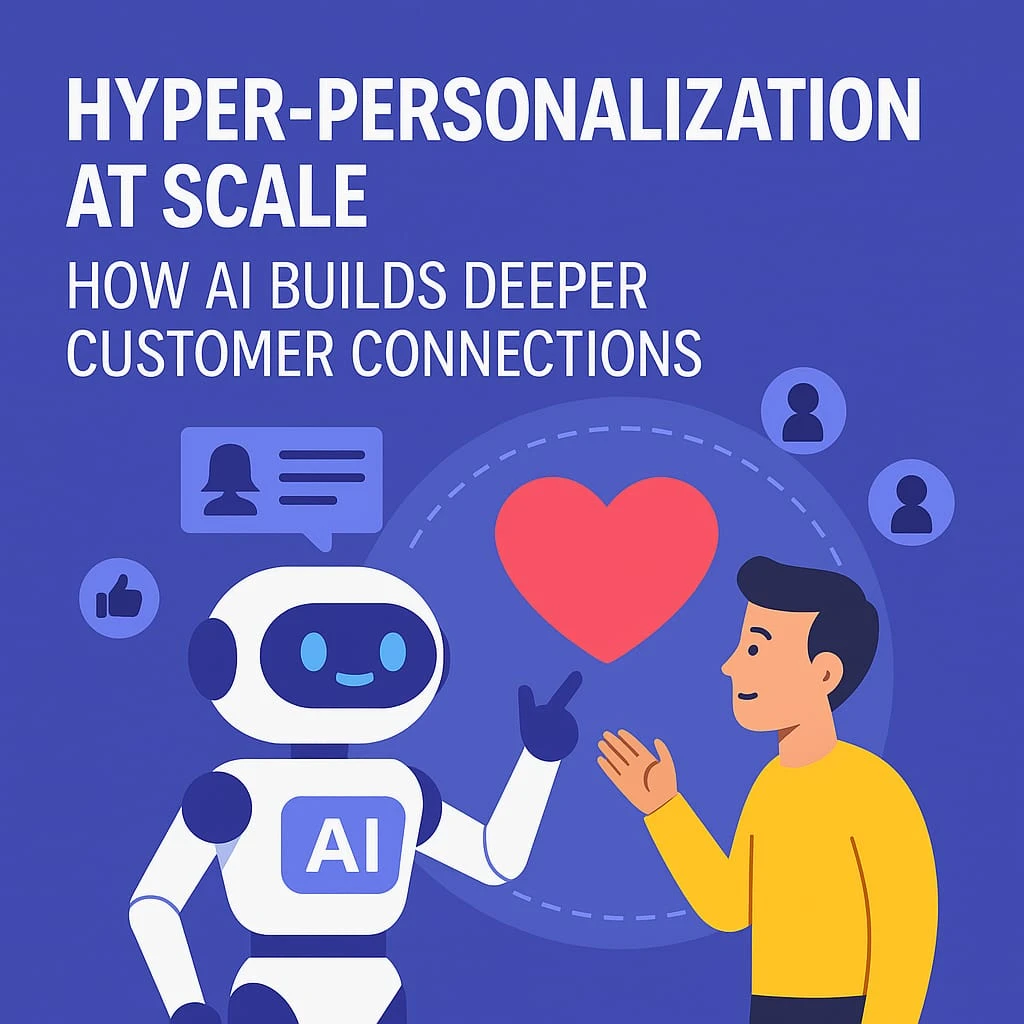
Comments: